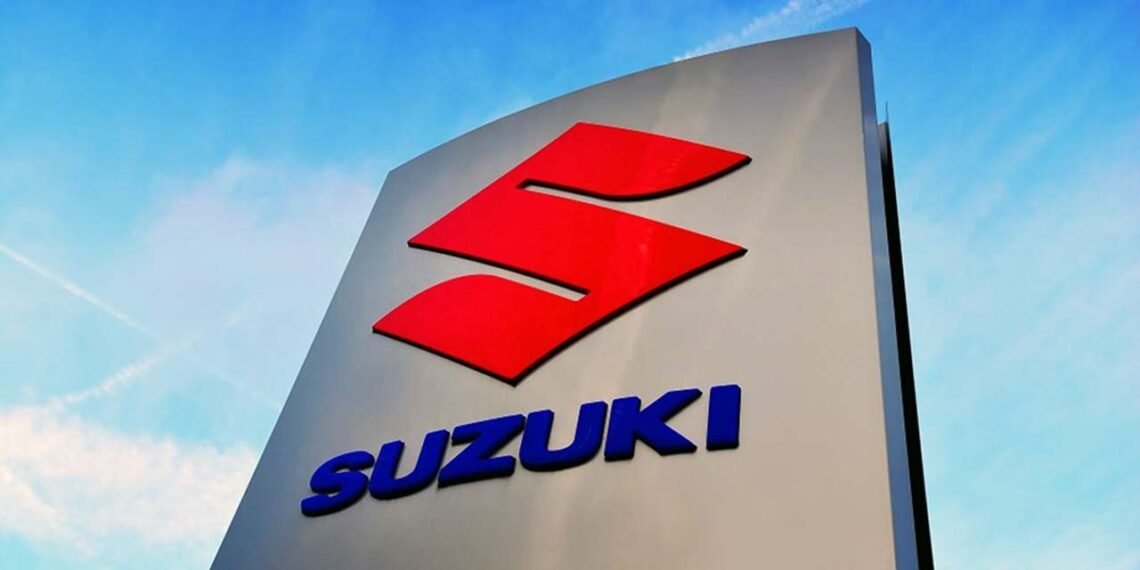In an unexpected turn of events, Pak Suzuki Motor Company Ltd (PSMCL) announced a substantial price hike ranging from Rs65,000 to Rs180,000 for various models on Friday. Despite a stronger rupee in the last five months, buyers were taken aback by the surge in prices, leaving many questioning the motives behind the decision.
The sudden increase comes against the backdrop of a notable change in the exchange rate. In the first week of September 2023, one US dollar was trading at Rs307.10 in the interbank market. However, the current rate stands at Rs279.19, resulting in a reduced landed cost of imported parts and accessories.
PSMCL, in a circular issued to authorized dealers, did not provide any explicit reasons for the price hike. The affected models include Suzuki Alto VX, VXR, VXR AGS, and VXL AGS, with their prices raised to Rs2.331 million, Rs2.707 million, Rs2.894 million, and Rs3.045 million, respectively. This marks an increase of Rs80,000 to Rs95,000.
The Suzuki Cultus VXR, VXL, and AGS models witnessed a substantial jump of Rs110,000 to Rs180,000, with their new prices set at Rs3.858 million, Rs4.244 million, and Rs4.546 million, compared to the previous Rs3.718 million, Rs4.084 million, and Rs4.366 million.
Similarly, the Suzuki Swift GL MT, GL CVT, and GLX CVT models are now priced at Rs4.421 million, Rs4.719 million, and Rs5.125 million, showing an increase of Rs65,000 to Rs85,000 from their previous prices of Rs4.366 million, Rs4.654 million, and Rs5.040 million.
Shafiq Ahmed Sheikh, the Head of Corporate Affairs at PSMCL, justified the price hike by stating that the company had refrained from increasing prices for over a year despite enduring substantial losses due to production suspensions. He attributed the surge to factors such as inflation, rising overhead expenses, increased raw material and accessories costs, and elevated shipment/freight charges.
Sheikh further explained that the ongoing Red Sea situation added complexity to the company’s efforts to control prices, mainly due to higher freight expenses. He claimed that, in response to these challenges, the company had passed on only a minimal portion of the increased costs to consumers while absorbing the majority of the financial burden itself.





